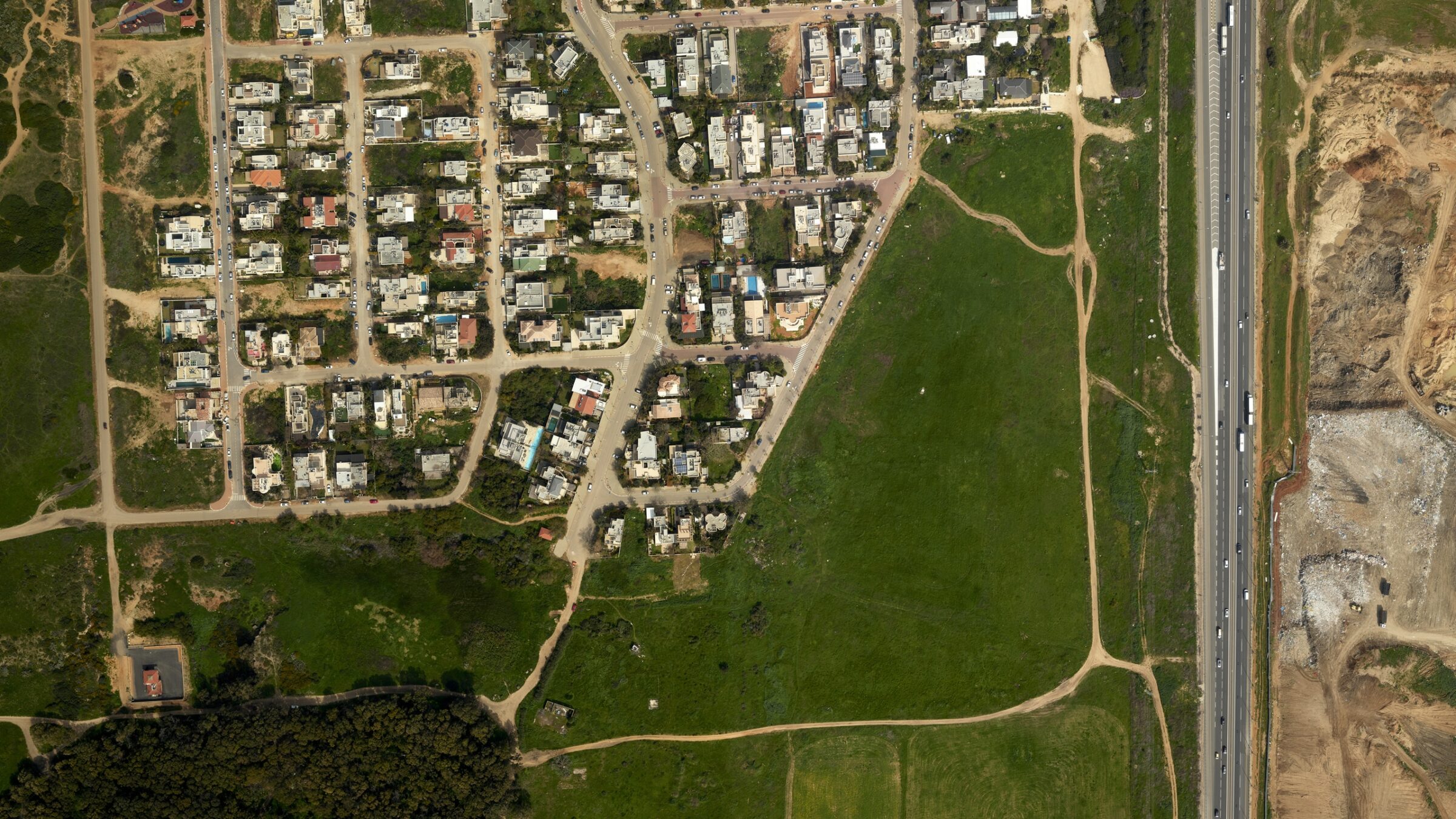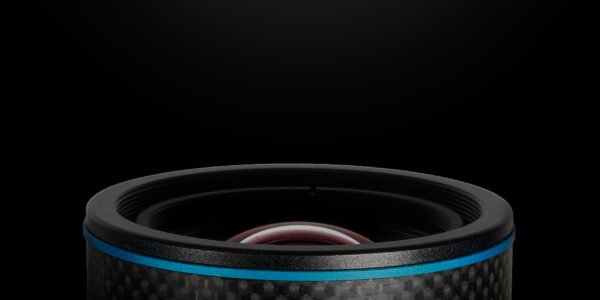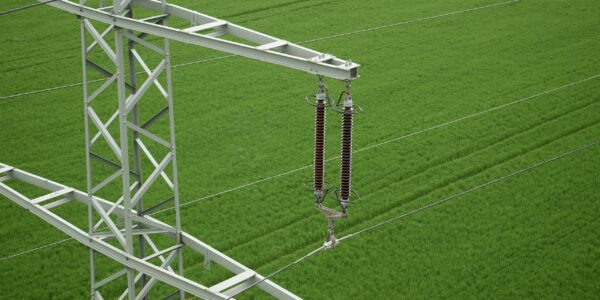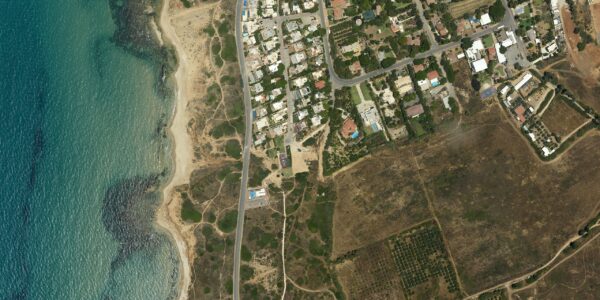How Bayer Pattern Image Sensors Work
Bayer pattern image sensors use a color filter array in front of the pixels to enable capturing of full RGB color images with a single sensor. The specific arrangement of the color filters in the Bayer pattern is used for almost all color image sensors across all types of applications and all image sensor sizes. Consequently, the optimal processing of Bayer pattern image data has been very thoroughly researched and modern Bayer processing algorithms are based on immense amounts of development effort from a wide range of both commercial companies and academic institutions.
In this tech talk you will learn about:
- Is Bayer Pattern technology superior to Pan Sharpening for image sensors?
- How does Bayer Pattern technology enable higher resolution and larger coverage areas?
- What is the role of color filter arrays in Bayer Pattern image sensors?
- What advantages does Bayer Pattern technology offer in terms of imaging quality, efficiency, accuracy, and productivity?
Detailed Bayer Pattern Image Processing
With the Bayer pattern, half of the pixels have a green filter, 1/4 has a blue, and 1/4 has a red filter. When creating a color image from the Bayer data, we first extract a full resolution luminosity image.
Real world objects have real natural colors, typically containing some of both red, green and blue light. This causes a strong correlation between the Bayer pixels, so we can use all of these pixels to reconstruct the luminosity image at full native sensor resolution.
The color sensitivity of the red, green, and blue color filters of the Bayer pattern have very significant overlap, just like the vision cells of the human eye. This is a second source of correlation, helping us to even further refine the luminosity resolution and calculate the color of each individual pixel with the highest possible fidelity.
Because of the strong correlation between the Bayer pixels, we can use all of the data from all of the pixels of all three colors to recreate an image at almost full native sensor resolution, and we can do this using only one image sensor and only one lens.
Broad Application of Bayer Pattern Technology
Bayer pattern image sensors use a color filter array in front of the pixels to enable capturing of full RGB color images with a single sensor. The specific arrangement of the color filters in the Bayer pattern is used for almost all color image sensors across all types of applications and all image sensor sizes. Consequently, the optimal processing of Bayer pattern image data has been very thoroughly researched and modern Bayer processing algorithms are based on immense amounts of development effort from a wide range of both commercial companies and academic institutions.
Phase One’s Specialization in High-Resolution Aerial Imagery
At Phase One, we specialize in high-resolution aerial imagery, offering advanced 100MP camera systems for drones. Our technology enables precise drone inspection, aerial mapping software, large format cameras,
and comprehensive drone payload equipment, utilizing our state-of-the-art aerial camera systems. Our customer-focused support and extensive research into Bayer Pattern image sensors ensure that our clients stay ahead with efficient, accurate, and productive aerial drone data collection for cameras in agriculture, infrastructure, and urban planning.
Unlock the true potential of Bayer Pattern imaging
Bayer pattern technology has become the standard for airborne cameras, but how effectively does it capture real-world detail? In this whitepaper, we explore the true effective resolution of Bayer pattern images through in-flight and lab-based testing. From MTF analysis to edge profile studies, discover how advanced demosaicing algorithms and precise evaluation methods reveal exceptional image quality—delivering effective resolution close to the nominal GSD.
Gain exclusive insights into our findings and learn more about the optimized aerial imaging performance.
Contact a Phase One Expert
Want to learn even more? Contact our experts!




